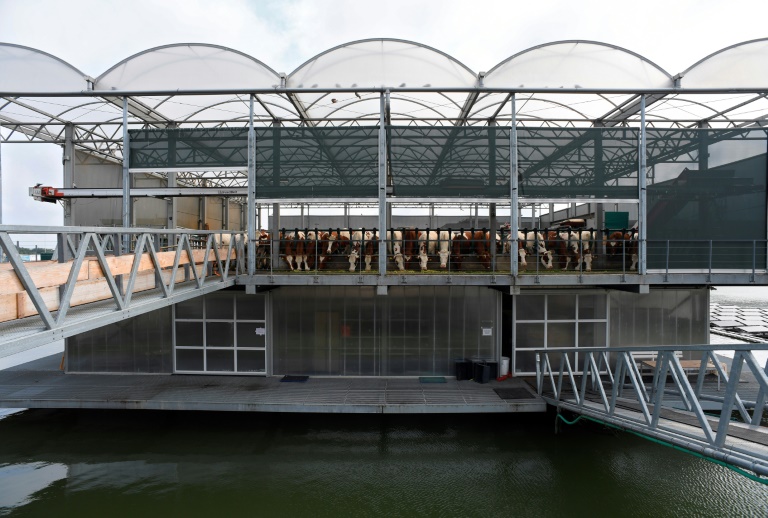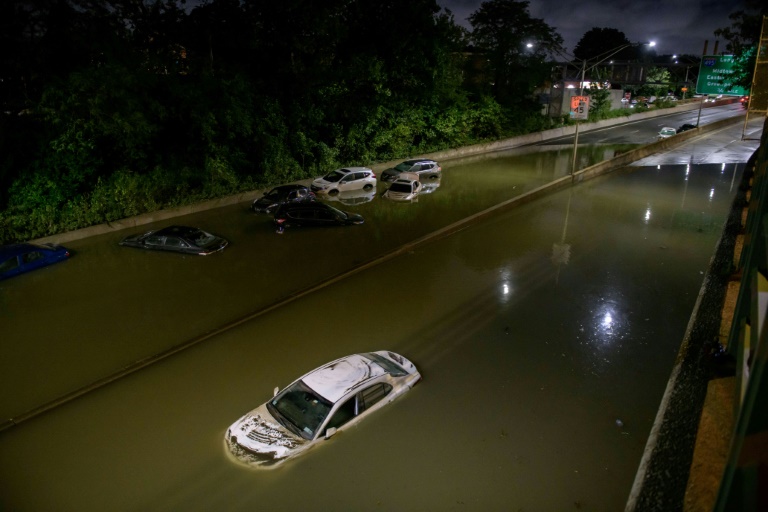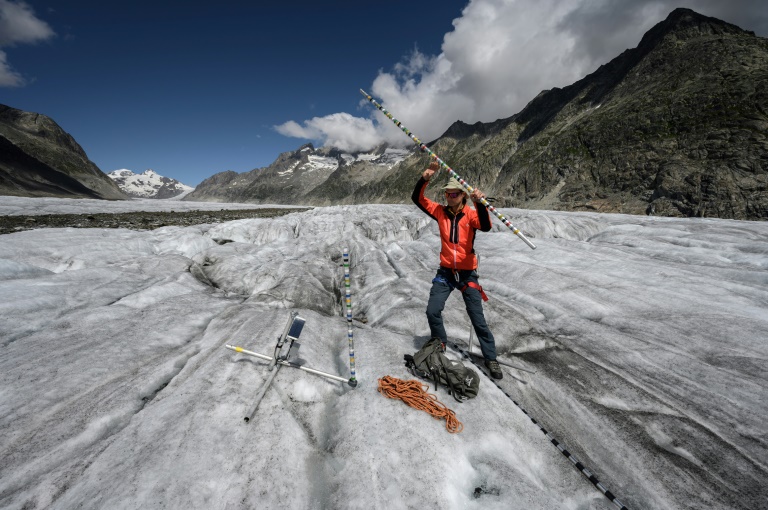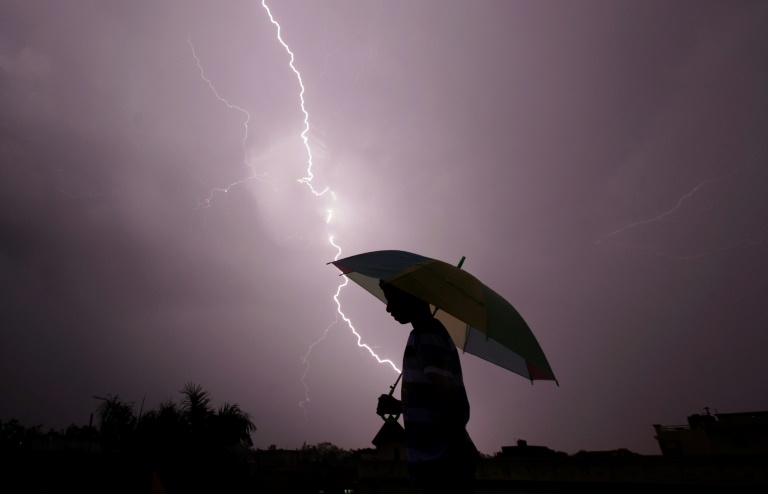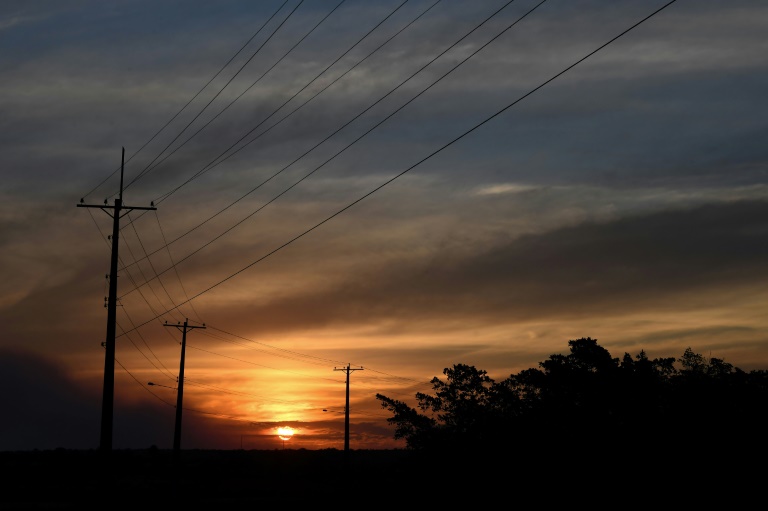Extinction threat: world conservation meeting to show species in peril
The perilous state of the planet’s wildlife will be laid bare when the largest organisation for the protection of nature meets on Friday hoping to help galvanise action as the world faces intertwined biodiversity and climate crises.
Relentless habitat destruction, unsustainable agriculture, mining and a warming planet will dominate discussion at the International Union for the Conservation of Nature (IUCN) conference, hosted by France in the city of Marseille.
The meeting, delayed from 2020 by the pandemic, comes ahead of crucial United Nations summits on climate, food systems and biodiversity that could shape the planet’s forseeable future.
“Our common goal is to put nature at the top of international priorities — because our destinies are intrinsically linked, planet, climate, nature and human communities,” said French President Emmanuel Macron in a statement ahead of the IUCN meeting.
He said the conference should lay the “initial foundations” for a global biodiversity strategy that will be the focus of UN deliberations in China in April next year.
The international community is grappling with a near set of goals to “live in harmony with nature” by 2050, with interim goals to be set for this decade.
Nutritious food, breathable air, clean water, nature-based medicines — humans are dependent on the health of the ecosystems they are destroying.
Previous IUCN congresses have paved the way for global treaties on biodiversity and the international trade in endangered species.
But efforts to halt extensive declines in numbers and diversity of animals and plants have so far failed to slow the destruction.
In 2019 the UN’s biodiversity experts warned that a million species are on the brink of extinction — raising the spectre that the planet is on the verge of its sixth mass extinction event in half a billion years.
– Interwoven threats –
The nine-day IUCN meeting, which opens at 1500 GMT on Friday, will include an update of its Red List of Threatened Species, measuring how close animal and plant species are to vanishing forever.
Experts have assessed nearly 135,000 species over the last half-century and nearly 28 percent are currently at risk of extinction, with habitat loss, overexploitation and illegal trade driving the loss.
Big cats, for example, have lost more than 90 percent of their historic range and population, with only 20,000 lions, 7,000 cheetahs, 4,000 tigers and a few dozen Amur leopards left in the wild.
The meeting is likely to hammer home the message that protecting wildlife is imperative for the healthy function of ecosystems and for humanity.
Loss of biodiversity, climate change, pollution, diseases spreading from the wild have become existential threats that cannot be “understood or addressed in isolation,” the IUCN said ahead of the meeting in a vision statement endorsed by its 1,400 members.
Motions on the table include protecting 80 percent of Amazonia by 2025, tackling plastic in the oceans, combatting wildlife crime and preventing pandemics.
The IUCN will also, for the first time in its seven-decade history, welcome indigenous peoples to share their deep knowledge on how best to heal the natural world as voting members.


